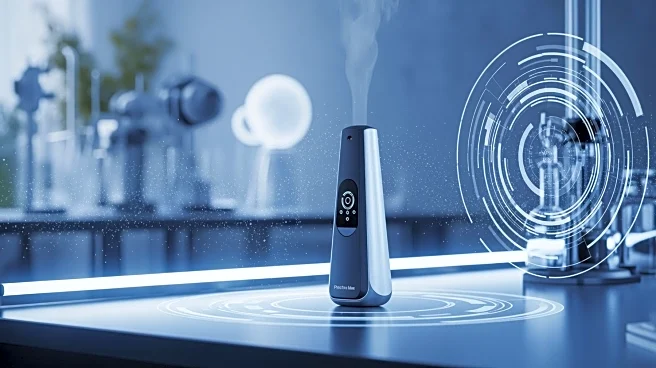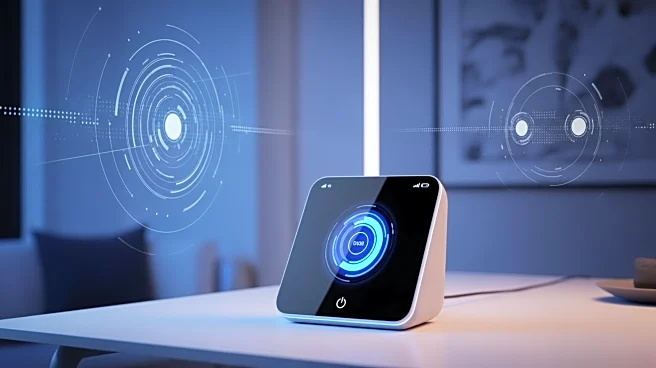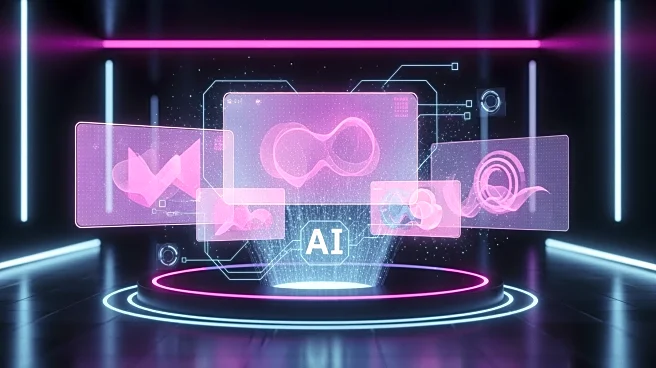What's Happening?
Recent advancements in AI-driven photonic noses are transforming environmental monitoring by integrating sophisticated machine learning algorithms with photonic sensors. These devices, which utilize optical
modes confined within waveguides, are capable of detecting volatile organic compounds (VOCs) with high specificity and accuracy. The integration of AI enhances the ability to classify and analyze complex data, enabling real-time monitoring and decision-making in various applications, including healthcare, agriculture, and atmospheric monitoring.
Why It's Important?
The development of AI-driven photonic noses represents a significant leap in sensor technology, offering enhanced sensitivity and specificity in detecting environmental pollutants and health-related biomarkers. This technology has the potential to improve public health outcomes by enabling early detection of diseases through breath analysis and monitoring air quality. Additionally, it supports sustainable agricultural practices by providing precise data on plant health and environmental conditions.
Beyond the Headlines
The integration of AI with photonic sensors raises ethical and privacy concerns, particularly in healthcare applications where sensitive data is involved. The technology also poses challenges in terms of scalability and cost-effectiveness, which need to be addressed to ensure widespread adoption. Long-term reliability and drift compensation are critical for maintaining the accuracy of these sensors over extended periods.











